Greenhouse farming is a rapidly growing agricultural technology that uses controlled heat and light to grow crops indoors. Today, greenhouse farming produces a wide variety of vegetables, fruits, flowers, and herbs. Greenhouse farming has become increasingly popular because it allows growers to produce crops year-round in warm climates without needing seasonal labor. These days, greenhouse farmers can locate anywhere with ample sunlight and warmth. Most modern greenhouses use artificial lighting to keep plants healthy and productive throughout the year.
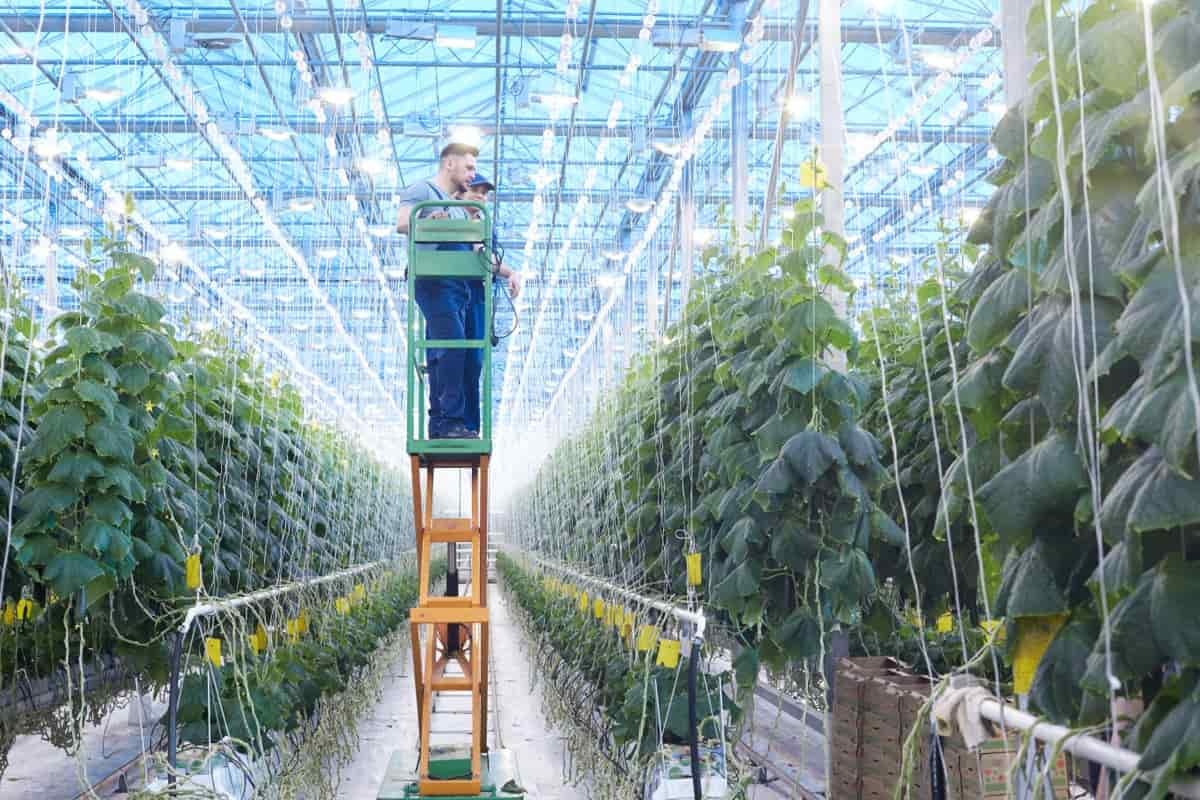
Key rules to start a greenhouse farming in Mexico
What is greenhouse farming?
Greenhouse farming is a type of agriculture in which crops are grown in artificially heated structures, typically called greenhouses. Greenhouse farming is popular because it allows growers to produce crops year-round in warm climates without needing seasonal labor. Mexico has a temperate climate that is ideal for year-round growing.
The country has a long coastline that provides access to cool water, which allows greenhouse farmers to use artificial cooling systems to keep the interior of their greenhouses at an appropriate temperature. Greenhouse farming offers several benefits over traditional agriculture, including increased crop production, reduced use of pesticides, and less waste.
Greenhouse vegetable production in Mexico
Greenhouse tomato production in Mexico is especially popular because of the warm climate there. Greenhouses can produce tomatoes year-round in most parts of Mexico. The main challenge with greenhouse tomato production is that the weather can be very hot or cold, affecting yields. Mexico is the world’s most diverse and beautiful ecosystem, which makes it an ideal place to farm greenhouse vegetables.
In addition, Mexico has a long warm season and a short cold season, which means that greenhouse farmers can grow a wide variety of vegetables throughout the year. Mexico’s mild climate allows for the cultivation of many tropical fruits and vegetables, which are not typically grown in colder climates. The country has ample rainfall and adequate sunlight, making it ideal for growing crops using greenhouses.
Greenhouse farming in Mexico also offers environmental benefits. By growing vegetables in greenhouses, greenhouse farmers can avoid the use of pesticides and other chemicals, which can have adverse environmental effects. Mexican greenhouses can produce a wide variety of crops, including Tomatoes, Cucumbers, Peppers, Eggplant, Squash, and Melons.
In case you missed it: Greenhouse Farming in Kenya: How to Start, Crops, Construction Cost, Profits, and Subsidy
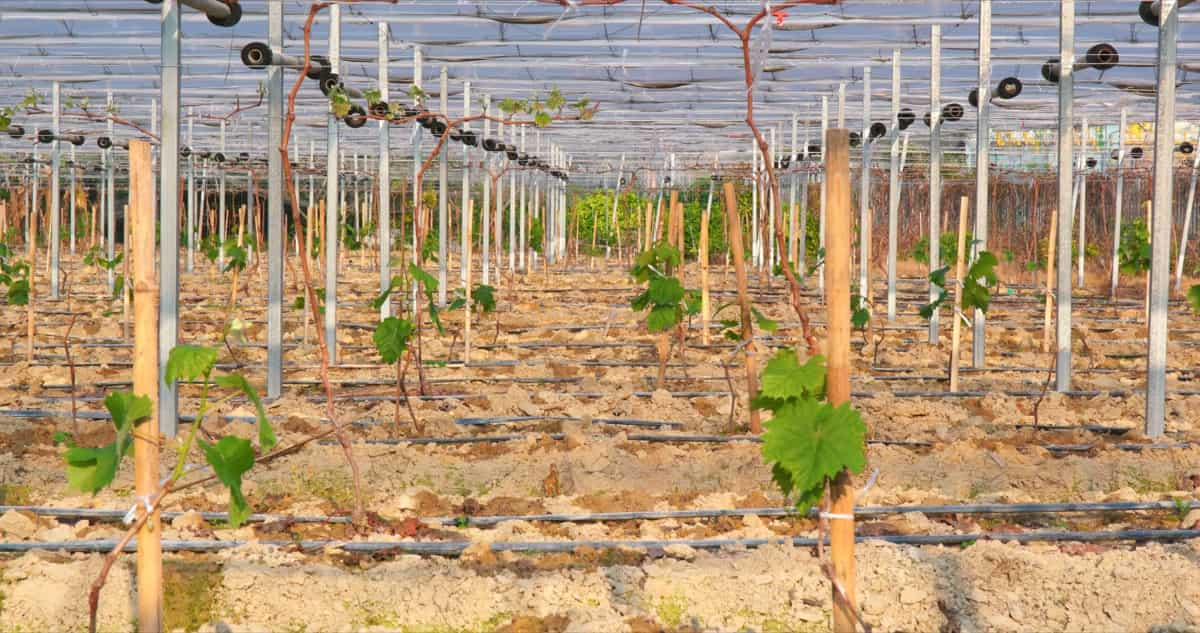
Benefits of greenhouse farming in Mexico
- Greenhouses in Mexico are typically very warm, which means they can produce a wide variety of fruits and vegetables even during cool climates.
- Mexico has ample sunlight, making it an ideal country to grow tomatoes, peppers, lettuce, and other produce that need direct sunlight.
- It allows farmers to control the structure’s environment, leading to increased yields.
- Greenhouse farming can be more efficient than outdoor agriculture because it eliminates many costs associated with water usage, pests and diseases, and transportation.
- The country also has a large population that could benefit from increased access to healthy food. In addition, greenhouse farming can reduce environmental pollution and help preserve natural resources.
- Mexico’s climate is perfect for producing fruits and vegetables, so the industry has great potential to grow.
- Greenhouse farmers can produce larger crops than traditional farmers because they can control the amount of light and heat used to grow the plants. This technology also allows for the cultivation of specialty crops that are not possible or difficult to grow outdoors.
- Greenhouse farming techniques do not require soils or pesticides, meaning they have a smaller environmental impact than traditional agriculture. Additionally, greenhouse farming does not require land that would be unsuitable for other types of agriculture, which makes it an attractive option for areas that are scarce in land resources.
In case you missed it: Mango Farming in Mexico: How to Start, Planting to Harvesting, and Production Guide
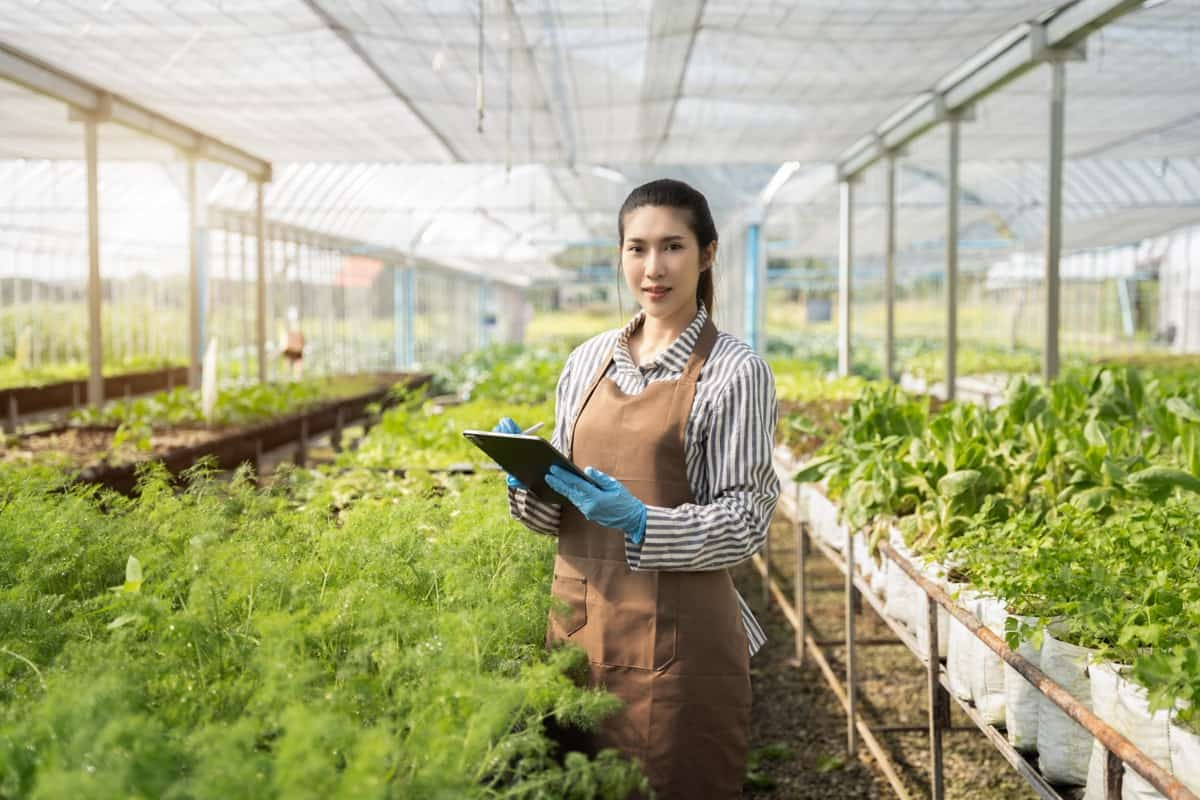
Is greenhouse farming profitable in Mexico?
Greenhouse farming is becoming increasingly popular in Mexico due to its many advantages over traditional agriculture. The main advantage of greenhouse farming is that it allows farmers to produce crops year-round, regardless of the weather. This means that they can significantly increase their yields and income.
How does greenhouse farming work in Mexico?
Greenhouse farming techniques help regulate the temperature, humidity, and light levels within a confined space, allowing crops to be grown year-round. The benefits of greenhouse farming include increased yields and less reliance on precipitation. Farmers need access to sunny areas with mild temperatures and high humidity to operate a greenhouse. They also need adequate water storage, feed production, and waste disposal infrastructure.
Some common crops grown in greenhouses include tomatoes, strawberries, peppers, eggplant, flowers, and grapes. Greenhouse farming is a time-consuming process that requires regular maintenance. Farmers need to keep an eye on the plants, so they don’t become overgrown or infected by diseases. In addition, they must monitor the environment constantly to ensure that temperatures are consistent and that there is enough humidity for the plants to thrive.
What are the different types of greenhouse farms in Mexico?
- Intensive greenhouse farms are the most common type used to grow vegetables, fruits, and flowers.
- Semi-intensive greenhouse farms are used to grow vegetables and flowers but do not produce as much fruit or vegetables as an intensive farm.
- Extensive greenhouse farms are used to grow fruits and vegetables that can be sold outside the farm.
In case you missed it: Poultry Farming in Mexico: Breeds, How to Start
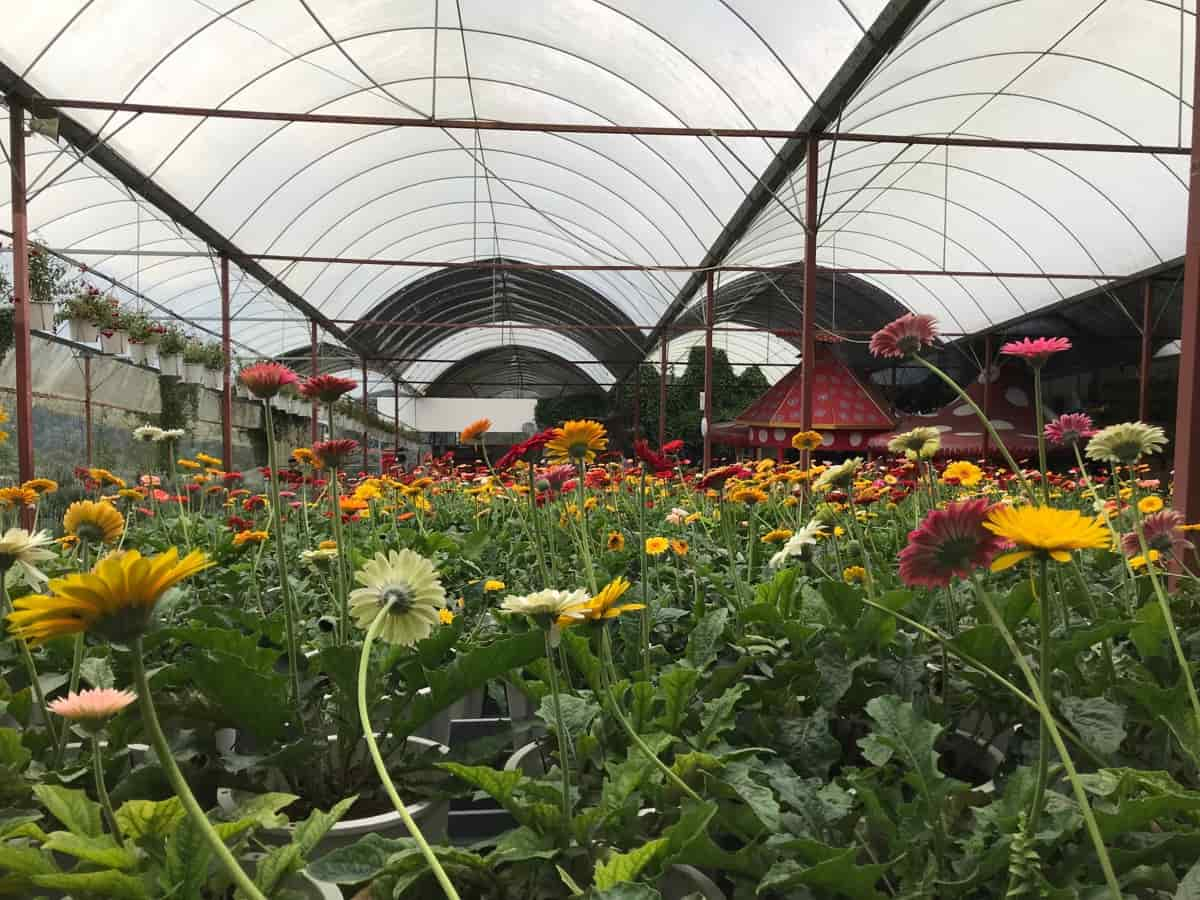
Cost to build a greenhouse farming in Mexico
A greenhouse in Mexico can cost anywhere from $10,000 to $150,000. The greenhouse size and layout are important factors in determining how much it will cost.
Factors affecting greenhouse farming in Mexico
Mexico’s climate is perfect for greenhouse farming, with long, hot summers and mild winters. The country has a wide variety of soils, so there is also room to grow various crops. One of the most important factors in Mexican greenhouse farming is water availability.
Growers must have access to ample water for irrigating their plants. Another key factor in Mexican greenhouse farming is ventilation. Greenhouses need good ventilation to avoid condensation on the windows, which can cause damage to the equipment.
Greenhouse crop production in Mexico
Mexico is one of the leading greenhouse growers in the world. Mexican farmers have been growing produce in greenhouses for centuries. The country has a warm climate that is ideal for growing plants in greenhouses. As a result, Mexico has a large agricultural sector that can support high levels of greenhouse production. In addition, Mexico has a skilled workforce that can maintain and operate greenhouses effectively.
In case you missed it: How to Fix Potassium Deficiency in Soil and Plants: Causes, Symptoms, Adding Naturally, and Chemically
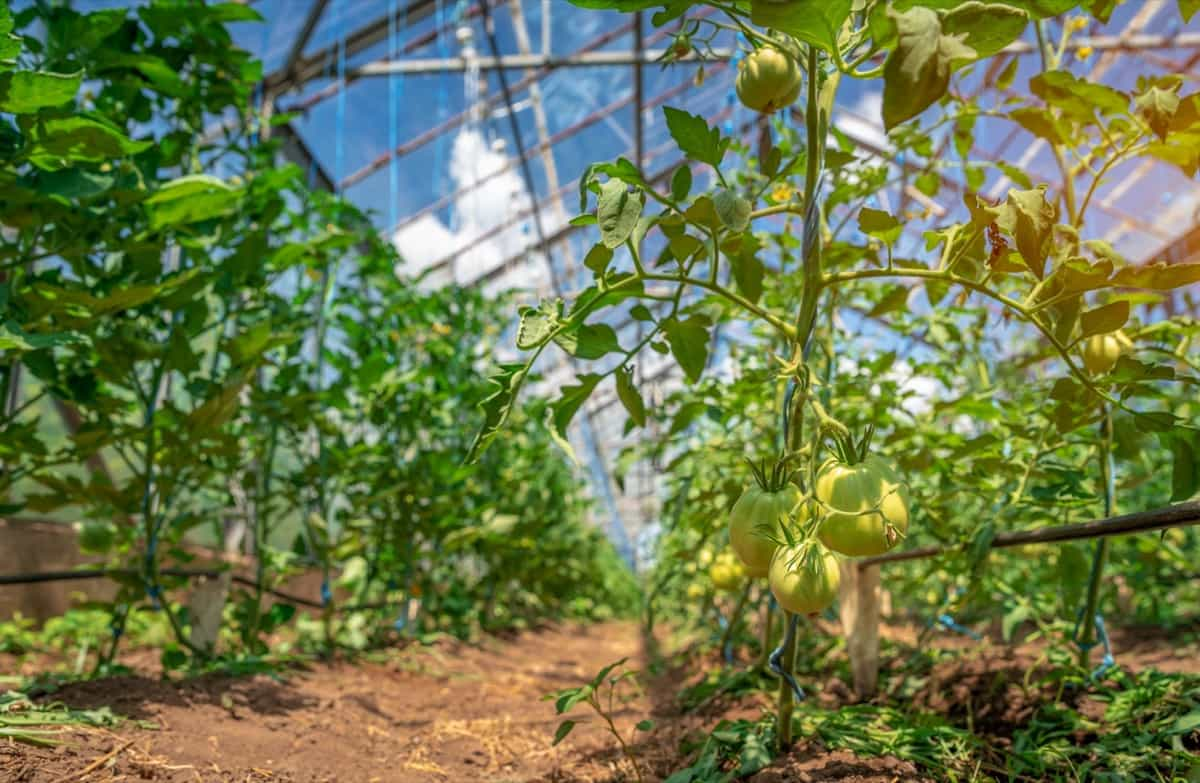
Where are most of Mexico’s greenhouses located?
- Sinaloa
- Baja California Sur
- Baja California
- Jalisco
- Sonora
The other states for greenhouse farming in Mexico are Guerrero, Puebla, Sinaloa, and Veracruz. These states have favorable climate conditions and ample sunlight.
Major crops are grown under greenhouse farming in Mexico
The country’s warm climate and fertile soils are perfect for growing various crops, from citrus fruits to vegetables. The most common greenhouse crops are Tomatoes, Cucumbers, Peppers, Strawberries, and Lettuces. Apples, Pears, Grapes, and Avocados are the most common greenhouse-growing fruits. In addition, Mexico’s mild climate makes it a perfect place to grow plants in greenhouses year-round.
Greenhouse farming challenges in Mexico
One challenge is that tomato plants need warm temperatures to grow well, so greenhouses must be heated using energy sources such as gas or oil. Another challenge is a lack of irrigation infrastructure in many areas, so water must be carried from faraway sources.
And finally, pests and diseases are common in greenhouse farms, so farmers must contend with them constantly. Nevertheless, with careful planning and preparation, greenhouse farmers can successfully cultivate crops year-round using sustainable methods that are both economically feasible and environmentally friendly.
Create a greenhouse business plan in Mexico
1. Research your industry – The greenhouse business in Mexico is young and growing rapidly. Hence, it’s important to do a little digging to understand the market before investing in equipment or planting.
2. Choose a location for your greenhouse – When choosing a location for your greenhouse, it’s important to consider the climate, soil quality, and access to power and water. You will need to understand the climate where you plan on operating your farm and be able to secure the necessary permits from the government. Once you have these permits, you must create a business plan and begin marketing your greenhouse produce.
In case you missed it: How to Grow Leafy Vegetables in the USA: In Containers and Ground
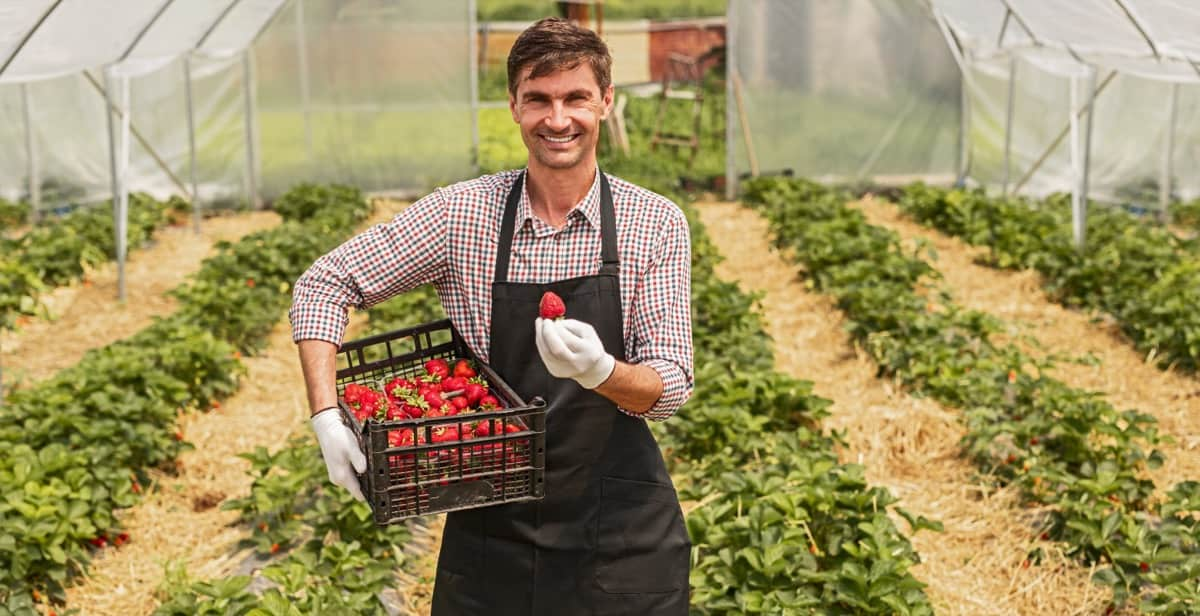
3. Build or purchase your greenhouse – Once you’ve chosen a location and have an idea of the type of greenhouse you’d like to build or purchase, begin gathering the necessary supplies and planning your construction project.
4. Get permits and licenses – Obtaining all necessary permits and licenses can be time-consuming. Consult with a local greenhouse expert for more information about the required paperwork.
5. Secure land – Since greenhouses require a lot of land, it’s important to secure a piece of property that is large enough for your business plans. You may also want to consider seeking government grants or loans to make the purchase go more smoothly.
6. Build your greenhouse – If you plan on building your greenhouse, start by ensuring that you have all the necessary supplies before beginning construction. Then, once the structure is complete, install windows and doors to control humidity and temperature effectively.
7. Design an effective marketing plan – After completing construction, it’s time to get organized and develop an effective marketing plan that will attract customers and lead to long-term success for your greenhouse business in Mexico.
In case you missed it: Glasshouse Farming: For Increased Yields and Reduced Pesticide Use
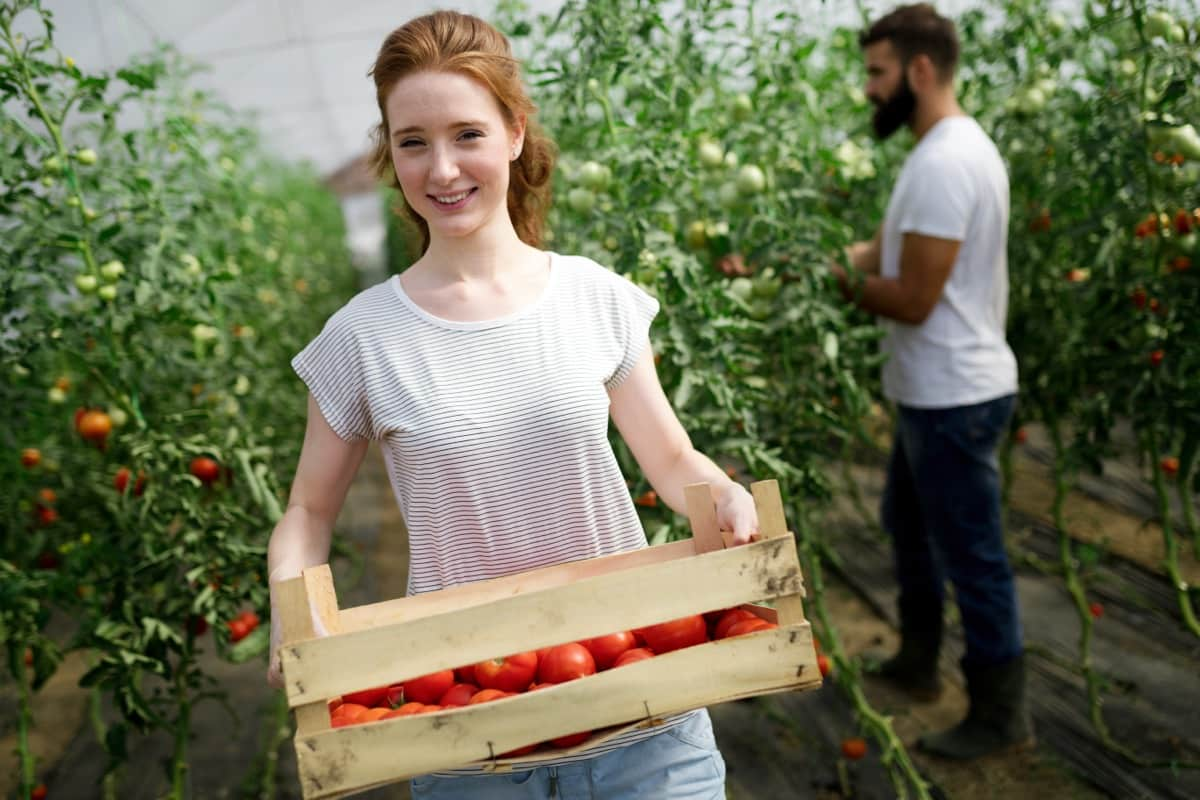
Loans and subsidies available for greenhouse farming in Mexico
Subsidies and loans are available to help farmers in Mexico adopt greenhouse farming techniques. The government provides subsidies for greenhouses, irrigation systems, and other necessary equipment. Farmers can also borrow money from banks or other lenders to finance the installation of greenhouses. Greenhouse farming is becoming increasingly popular in Mexico due to its high yields and flexibility.
Key rules for starting greenhouse farming in Mexico
- Greenhouse farming in Mexico is a great way to grow plants without needing direct sunlight. Climate control allows a thriving greenhouse farm even in the most difficult climates.
- Before you build your greenhouse, research the climate where you live. You will need to account for your location’s latitude and altitude.
- A good site for a greenhouse will have plenty of sunshine throughout the day and adequate soil moisture. Make sure your location is free from heavy trees or other vegetation that could block sunlight from reaching your plants.
- Before starting any gardening project, it is important to prepare the site properly by removing debris or unwanted plants. Next, soak the soil in water for several hours to soften it, and then apply a layer of organic fertilizer. Finally, spread gravel or crushed stone over the surface of the soil to provide good drainage and reduce moisture loss.
- When planting vegetables or flowers indoors, it is important to use artificial lighting instead of natural sunlight. This is because artificial light provides more consistent illumination levels throughout the day, which is essential for plant growth. However, choose a light source with a white light spectrum for the best results.
- Another key rule for starting greenhouse farming in Mexico is controlling temperature fluctuations indoors. To do this, install an air-conditioning system or build thermal insulation into the structure of the building where the greenhouse is located.
In case you missed it: Top 24 Steps to Boost Tomato Yield: How to Increase Production, Quality, and Size

Conclusion
The greenhouse farming industry in Mexico is growing rapidly, thanks to the country’s ample land and mild climate. Mexico is one of the leading greenhouse-farming countries in the world. Greenhouse farming is a type of agriculture that uses plastic enclosures to control the environment and achieve the desired climate. This type of gardening is perfect for areas with warm climates, as it allows you to grow crops year-round without relying on weather extremes.
- Types of Pesticides Used in Agriculture: A Beginner’s Guide
- Economical Aquaculture: A Guide to Low-Budget Fish Farming
- 15 Common Planting Errors That Can Doom Your Fruit Trees
- How to Make Houseplants Bushy: Effective Tips and Ideas
- Innovative Strategies for Boosting Coconut Pollination and Yield
- Pollination Strategies for Maximum Pumpkin Yield
- The Complete Guide to Chicken Fattening: Strategies for Maximum Growth
- Natural Solutions for Tulip Problems: 100% Effective Remedies for Leaf and Bulb-Related Issues
- Revolutionizing Citrus Preservation: Towards a Healthier, Greener Future
- Natural Solutions for Peony Leaf and Flower Problems: 100% Effective Remedies
- Maximizing Profits with Avocado Contract Farming in India: A Comprehensive Guide
- Natural Solutions for Hydrangea Problems: 100% Effective Remedies for Leaf and Flowers
- The Ultimate Guide to Choosing the Perfect Foliage Friend: Bringing Life Indoors
- From Sunlight to Sustainability: 15 Ways to Use Solar Technology in Agriculture
- The Ultimate Guide to Dong Tao Chicken: Exploring from History to Raising
- The Eco-Friendly Makeover: How to Convert Your Unused Swimming Pool into a Fish Pond
- Mastering the Art of Delaware Chicken Farming: Essentials for Healthy Backyard Flocks
- 20 Best Homemade Fertilizers for Money Plant: DIY Recipes and Application Methods
- How to Craft a Comprehensive Free-Range Chicken Farming Business Plan
- Brighten Your Flock: Raising Easter Egger Chickens for Beauty and Bounty
- How to Optimize Your Poultry Egg Farm Business Plan with These Strategies
- Subsidy for Spirulina Cultivation: How Indian Government Schemes Encouraging Spirulina Farmers
- Ultimate Guide to Raising Dominique Chickens: Breeding, Feeding, Egg-Production, and Care
- Mastering the Art of Raising Jersey Giant Chickens: Care, Feeding, and More
- Ultimate Guide to Raising Legbar Chickens: Breeding, Farming Practices, Diet, Egg-Production
- How to Raise Welsummer Chickens: A Comprehensive Guide for Beginners
- How to Protect Indoor Plants in Winter: A Comprehensive Guide
- Ultimate Guide to Grow Bag Gardening: Tips, Tricks, and Planting Ideas for Urban Gardeners
- Guide to Lotus Cultivation: How to Propagate, Plant, Grow, Care, Cost, and Profit
- Agriculture Drone Subsidy Scheme: Government Kisan Subsidy, License, and How to Apply Online
- Ultimate Guide to Raising Araucana Chickens: Breed Profile, Farming Economics, Diet, and Care
- Bringing Hydroponics to Classroom: Importance, Benefits of Learning for School Students
- Ultimate Guide to Raising Polish Chickens: Breed Profile, Farming Economics, Diet, and Care
- Ultimate Guide to Raising Australorp Chickens: Profile, Farming Economics, Egg Production, Diet, and Care
- Silkie Chicken Farming: Raising Practices, Varieties, Egg Production, Diet, and Care
- Sussex Chicken Farming: Raising Practices, Varieties, Egg Production, Diet and Care